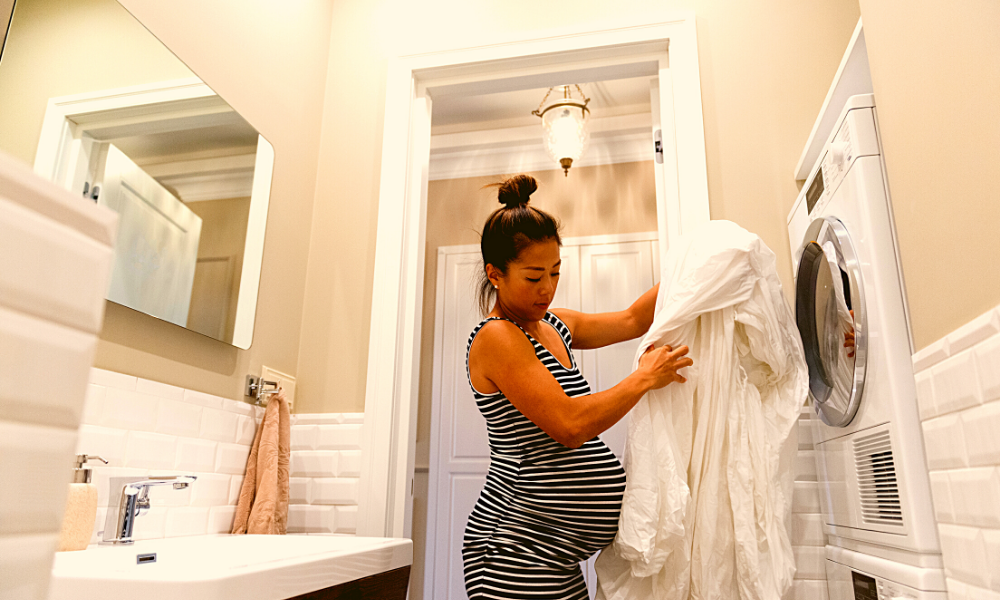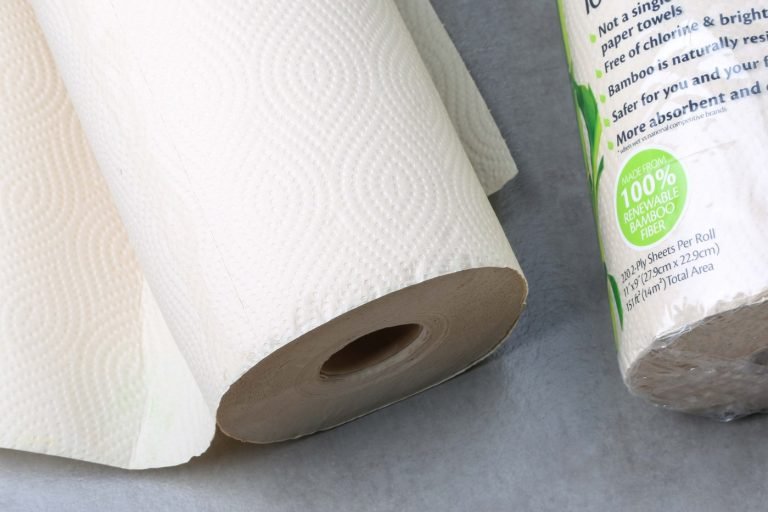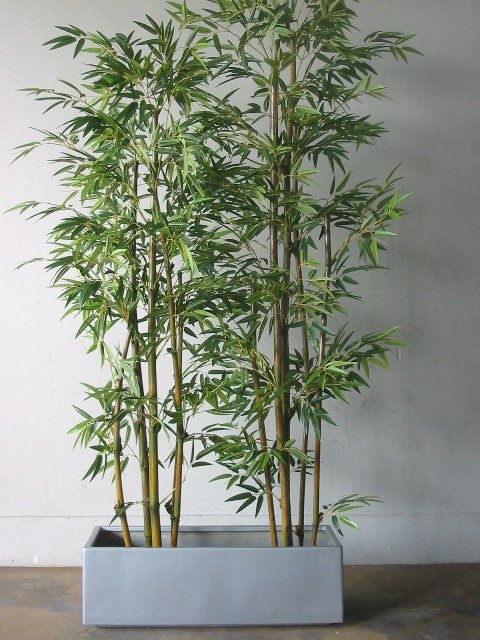Washing Bamboo Sheets: The Ultimate Guide

0Shares
What is Bamboo?
Bamboo is actually grass! The biggest of all of them, in fact. It is an evergreen perennial flowering plant. It has a rapid growth rate of up to 36” in a day. This, paired with its tolerance for a range of climates, makes it an easily sustainable and versatile material with a broad range of applications. It is a natural composite, with both a hard outer shell that is ideal for building materials and inner fibers that have their own diverse applications. Read Here: Top 5 Best Organic Bamboo Sheets and Tips on Buying the Perfect Set of Bed Sheets
From building materials to baskets, from textiles to weapons, and even music instruments – bamboo is amazingly diverse. On top of this, it is also easy to grow which makes it one of the definitely underrated materials out there and something to consider in a world where sustainable materials are being prioritized by an increasing number of people.
Read More:
- Plants that Bear Resemblance, to the Elegant Bamboos; Similarities, in Appearance
- How To Water Bamboo In Pots? Making Your Potted Plant Thrive
- Mastering the Best Time to Plant Bamboo for an Optimal Growth
- Sustainable Construction: Benefits of Bamboo As Building Material
- What Are The Different Ways To Use Bamboo In Interior Design?
HOW ARE BAMBOO FIBERS PRODUCED?

There are two forms of bamboo fiber, which come from the inner part of the bamboo stem. The first is thick, fairly solid strips. These are used for basket-making and similar applications. The fibers themselves, which go on to be used to make bamboo sheets and other textile products, are produced using a chemical process using the cellulose from the bamboo as a raw material.
Alternatively, the fibers can be produced mechanically involving a process of wetting and crushing that is alternated until the final product is reached. The downside of the mechanical method is that it is time-consuming and therefore expensive. Additionally, the yarn that results is not soft enough to use in all-fiber applications – underwear is out of the question!
Chemically produced bamboo rayon has its own disadvantages, in terms of the chemicals themselves. While there are ways to protect against the harmful effects, if you want to make sure that you are buying bamboo where the employees making it have been kept safe, take a good look into the company.
Read More:
- Plants that Bear Resemblance, to the Elegant Bamboos; Similarities, in Appearance
- How To Water Bamboo In Pots? Making Your Potted Plant Thrive
- Mastering the Best Time to Plant Bamboo for an Optimal Growth
- Sustainable Construction: Benefits of Bamboo As Building Material
- What Are The Different Ways To Use Bamboo In Interior Design?
WHAT MAKES BAMBOO BEDDING SO POPULAR?
Bamboo bedding is among the more popular bedding fibers in this day and age because, all things in their production considered, it is an extremely sustainable material that can be cultivated with relative ease. Bamboo, in the form of bedding, is also antimicrobial and hypoallergenic. This makes it ideal for people who are sensitive to other forms of bedding who may be struggling to find something that they react to.
Blood, Sweat and the Icky Bits – Getting Rid of Stains
Getting rid of sweat, blood and other stains from your sheets is perfectly feasible. Don’t go throwing away your relatively new sheets! To deal with sweat, use a biodegradable detergent. Rub it into the sheets over the stain until it is fully absorbed and then wash as normal. If you want to prevent stains from naturally sleeping in the first place, we recommend buying a fluid, stain and odor-resistant bamboo mattress topper.
To get rid of blood, handwash the problem area in cold water as soon as possible. Use an enzyme cleaner and then wash it in cool water like you would usually. Do not use hot water at all. Cool is the way to go.
If you don’t have a biodegradable detergent handy, baking soda does the job without damaging your sheets too much. No need to spend a lot on something you are only likely to use infrequently when there are options out of more routine household items.

Washing bamboo sheets isn’t as easy as just throwing it in with the rest of your bedding or clothing. They take a little more special care and attention but giving your sheets the right amount of TLC will result in sheets that are softer, last longer and give you a better night’s sleep than before.
How Often?
How often you should wash your sheets depends on a few factors. Related to the section on stains, how often you as an individual sweat is something to bear in mind. The time of year is also something to consider in connection to that. In summer, when most people tend to sweat more, you should wash your bamboo sheets every 7 to 10 days to keep them optimally fresh and cozy. In winter, when most people sweat less, you can drop how often you wash your bamboo sheets to every 2 weeks.
The Washing Itself
You should wash your bamboo sheets on their own, whether that is completely by themselves or without bamboo textiles so long as there are no buttons, tags, or zips for it to get caught on. You should use cold or cooler water only – 30°c maximum. All washing should be done on a gentle cycle. Treat it like you genuinely care for it and you’ll be rewarded with softer bedding than ever before! Read Here: Bamboo Sheets Vs. Egyptian Cotton: Quick and Ideal Comparisons
On that note, when you first buy your bamboo sheets, don’t be put off by how stiff they feel. They soften up after every single wash so it is suggested to wash them before you use them for the first time. This applies to other bamboo fiber products as well!
For optimal results, use a biodegradable liquid detergent that is as mild as you can find while still doing the job. Whatever you do, don’t use bleach when washing your bamboo sheets! Bleach contains toxic chemicals that can damage your bedding. If you want to go the extra mile, look into investing in an eco-friendly pre-soak and stain remover to keep the colors of your bedding as bright and stain-free as possible.
After The Fact
After your wash cycle is complete, one thing that is recommended time and time again is to air-dry your bamboo sheets where possible. Whether that is pegging them out on the line or draping them over a door and letting time and the air do its work, it is something that is recommended often enough to listen to. If you have absolutely no alternative to drying them quicker, you can use a dryer so long as they are put on a low heat and a low tumble cycle. Just like washing them, you should treat your bamboo sheets with care so then they last as long as possible.
One particular advantage of bamboo bedding is that you don’t have to worry about any greases or wrinkles that you may spot when you are hanging them out to dry. This is because bamboo fibers are self-smoothing. If only all clothes were like that!
Storage – What To Consider
When it comes to storing your bamboo bedding, if you aren’t using it immediately, there are a few things that you should consider. Do not store them in plastic. Plastic can encourage dampness and condensation, which in turn can lead to mildew and mold in an organic fiber like bamboo.
Likewise, you shouldn’t store them in cardboard either. Cardboard can cause the acids used in its production not to leak into your bedding. Keep them neatly folded up somewhere cool and dry so then they are away from the damaging rays of the sun.
Read More:
- Plants that Bear Resemblance, to the Elegant Bamboos; Similarities, in Appearance
- How To Water Bamboo In Pots? Making Your Potted Plant Thrive
- Mastering the Best Time to Plant Bamboo for an Optimal Growth
- Sustainable Construction: Benefits of Bamboo As Building Material
- What Are The Different Ways To Use Bamboo In Interior Design?
Alas, no matter how well you care for your bamboo bedding, sooner or later they may need replacing. It is commonly suggested to replace your bamboo pillows every 6 months, and your bamboo sheets every 12 to 18 months.
So there you have it. our succinct and informative guide on how to wash your bamboo sheets. We’ve also included other bamboo bedding tips and tricks as well. This is because there is more to keeping your sheets cozy and ready for use than just the wash cycle itself. Read Here: Royal Egyptian Bamboo Sheets Review: All You Need To Know
We hope that our guide helps you to care for your new bamboo sheets, or helps you to become more informed before you make your first purchase. Washing bamboo sheets can be simple and once you’ve considered how to go about it properly, it can be low effort and part of your washing routine.
0Shares






